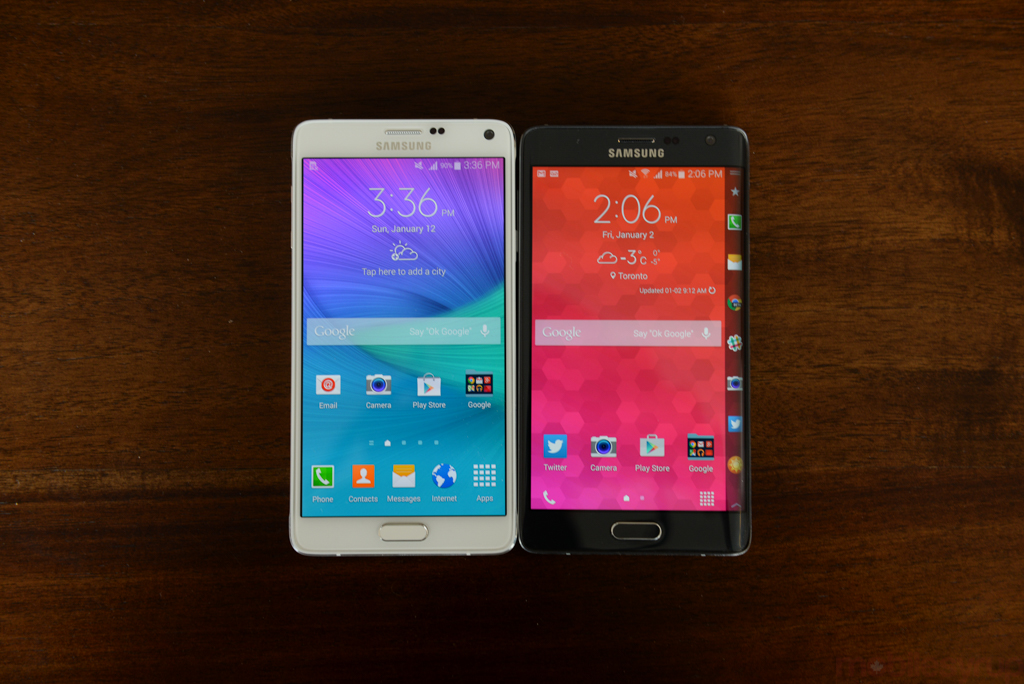
Rogers announced today that it has turned on Category 6 LTE for users in Toronto, Guelph, Vancouver and Victoria, with more cities set to benefit in the coming months.
Cat-6 LTE is the next step of Rogers’ LTE-Advanced strategy, which it unveiled in October, 2014. The idea is to use carrier aggregation with compatible hardware to reach downlink speeds of 300Mbps. Rogers implementation can achieve speeds of 225Mbps. It does this by combining 2100Mhz and 2600Mhz spectrum, which Rogers offers in 10Mhz and 20Mhz blocks respectively, to facilitate those high data speeds. Category 6 LTE supports maximum carrier aggregation of 40Mhz, whereas Cat-4 maxes out at 20Mhz.
At this time, there are no Cat-6 devices on the market, but Samsung’s Galaxy Note Edge, which was specially configured for Canadian carriers, will be the first to offer those speeds. Unlike the Note 4, which taps out at 150Mbps, the Galaxy Note Edge has the same 9×35 modem found in the Korea-only version of the Galaxy S5.
While Rogers hasn’t explicitly announced it will carry the Galaxy Note Edge, Best Buy and Future Shop recently began accepting pre-orders for the curved-screen flagship, and both Bell and Rogers are expected to begin their own pre-orders tomorrow, January 27th.
Rogers says about its LTE-Advanced strategy, “This is just the first step – carrier aggregation will allow us to further leverage our spectrum, and create even more network capacity and customer benefits.”
Update: Rogers sent us a clarification email letting us know that while Cat-6 does support a theoretical limit of 300Mbps using 40Mhz channels over carrier aggregation, the current setup only supports 225Mbps, since it is using 10Mhz over 2100Mhz and 20Mhz over 2600Mhz.
MobileSyrup may earn a commission from purchases made via our links, which helps fund the journalism we provide free on our website. These links do not influence our editorial content. Support us here.


